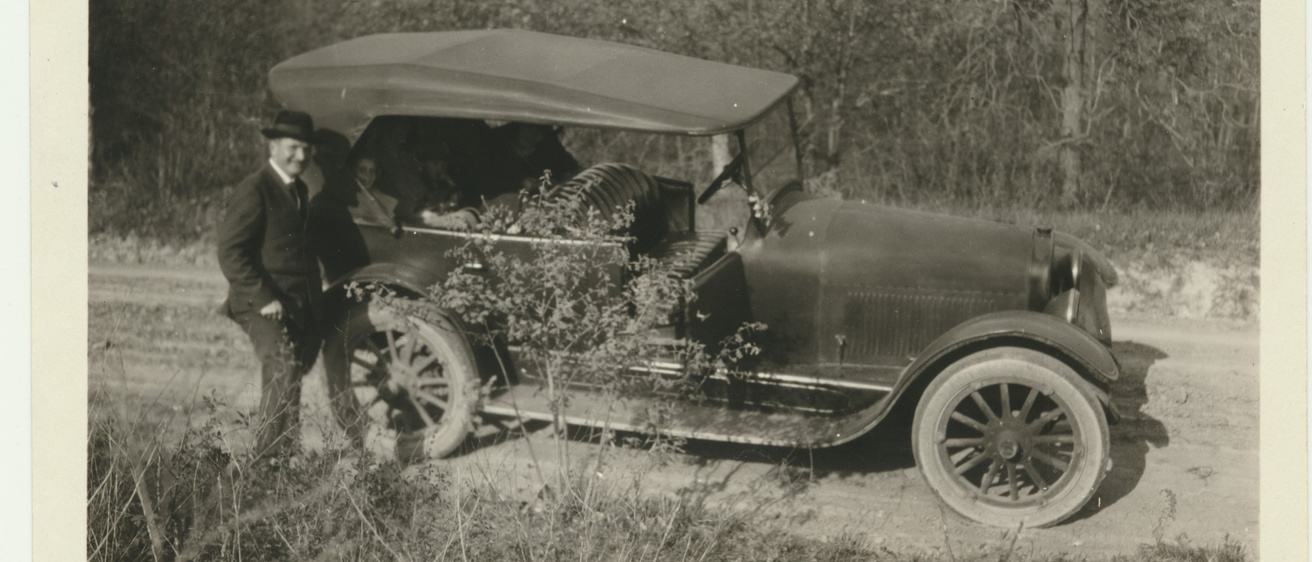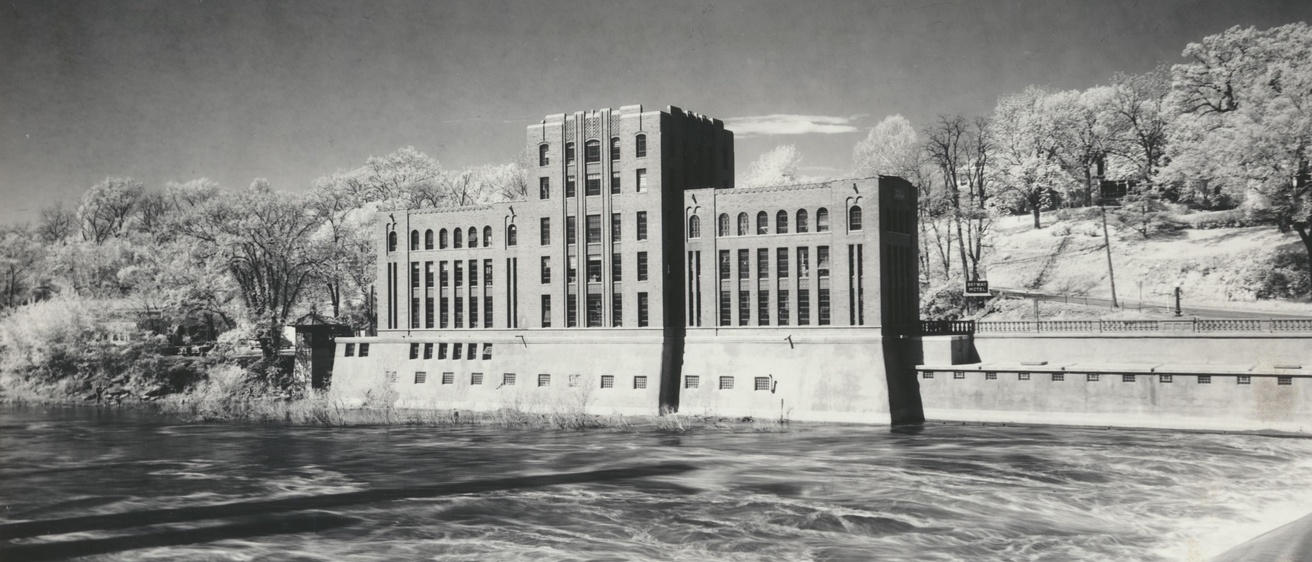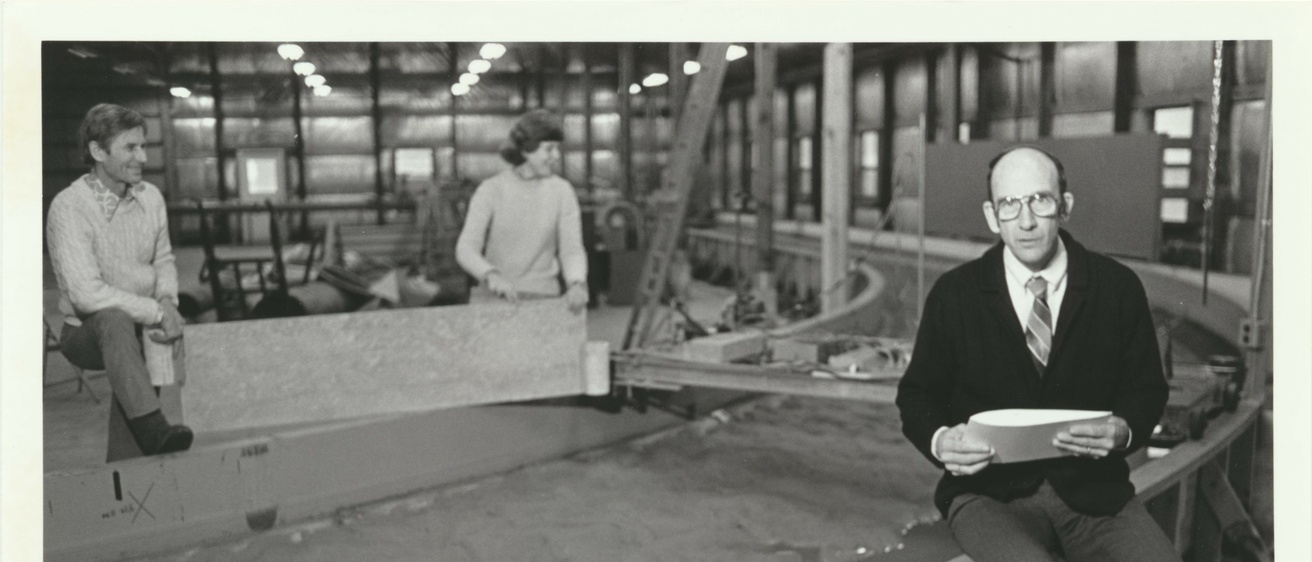With grateful thanks to Cornelia F. Mutel, author of Flowing Through Time: A History of the Iowa Institute of Hydraulic Research
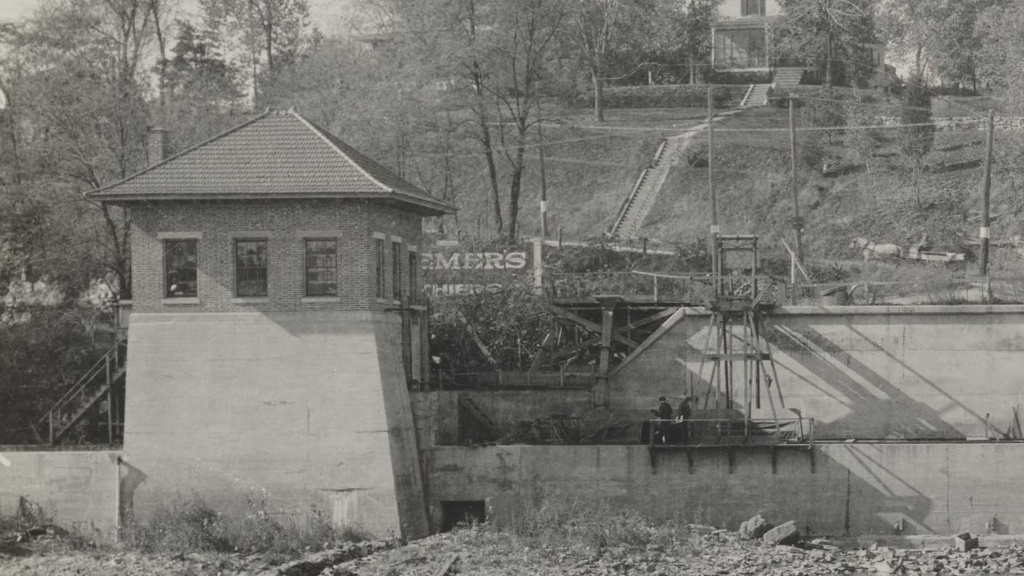
The University of Iowa builds the Burlington Street dam
1906Builders leave a gap to feed water into a future experimental channel.

IIHR is born
1920The first Hydraulics Lab opens — a 22-by-22-foot structure with a floor that can be lifted away to access the flume

Expansion
1928Director Nagler begins his ongoing quest to expand the Hydraulics Lab, opening a well-equipped new three-story building with a circulating water system.

A navigable channel
1930With the U.S. Army Corps of Engineers (USACE), Nagler pioneers the use of physical modeling for a project that helps establish the nine-foot navigation channel and system of locks and dams on the Mississippi River.
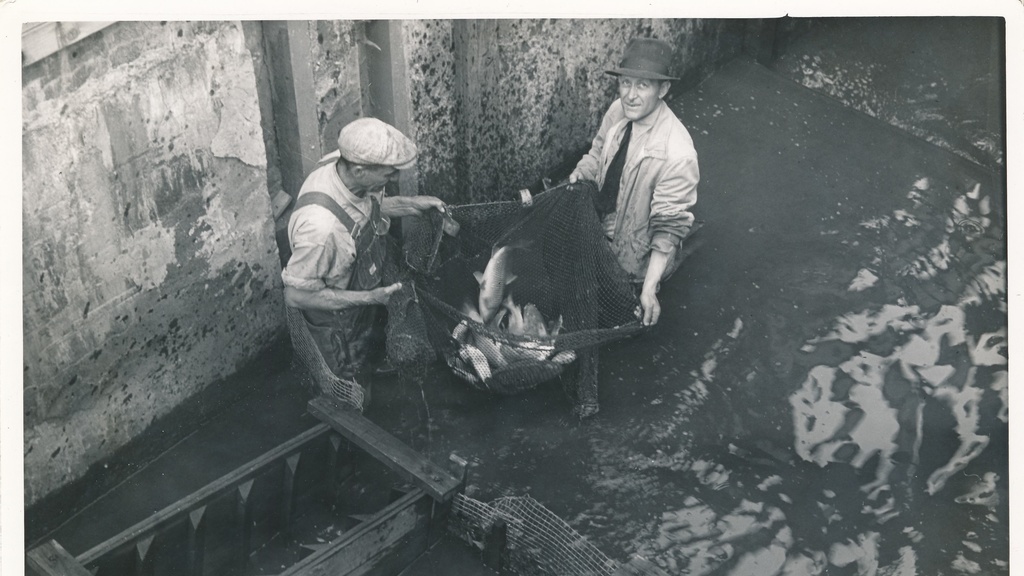
Fish passage
1931IIHR studies fish ladders for the Iowa Conservation Commission, the beginning of a long association with fish passage.
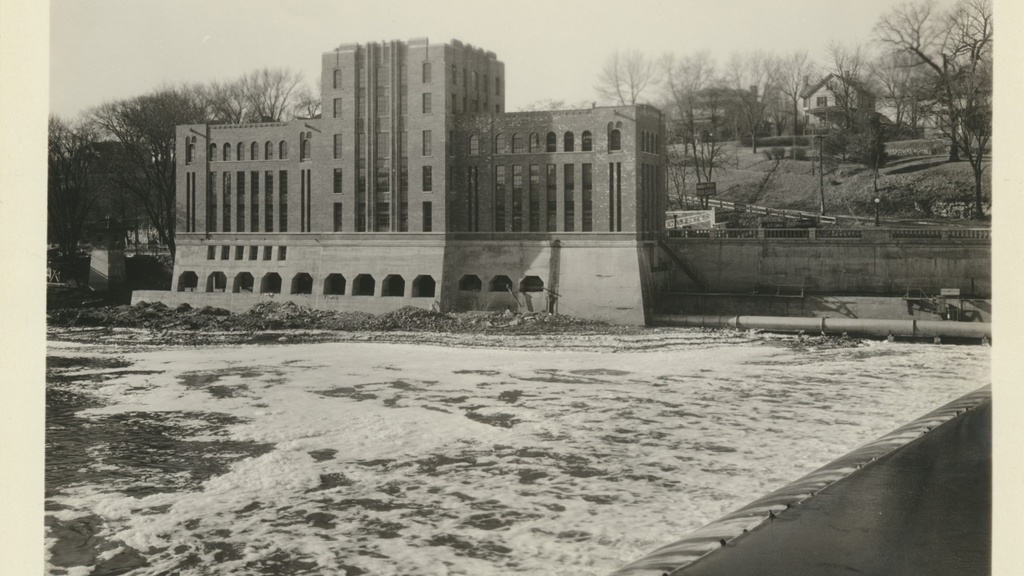
Time to expand—again!
1932The new addition includes a five-story central tower and three-story south wing, tripling the floor space.
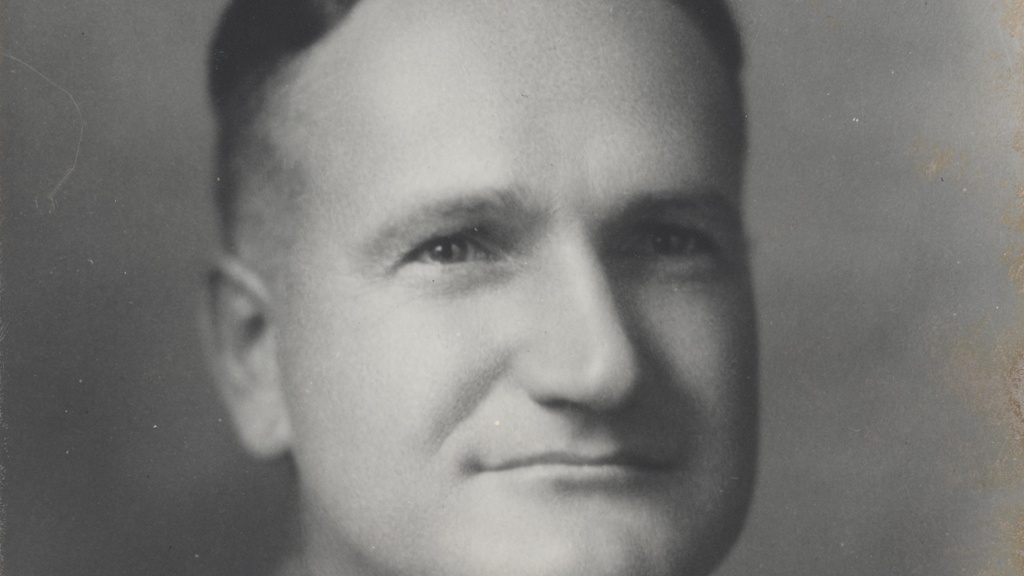
Death takes Floyd Nagler
1933Nagler suffers a burst appendix and, despite his strong constitution, dies at age 41. His death leaves IIHR without strong leadership as the Great Depression begins.
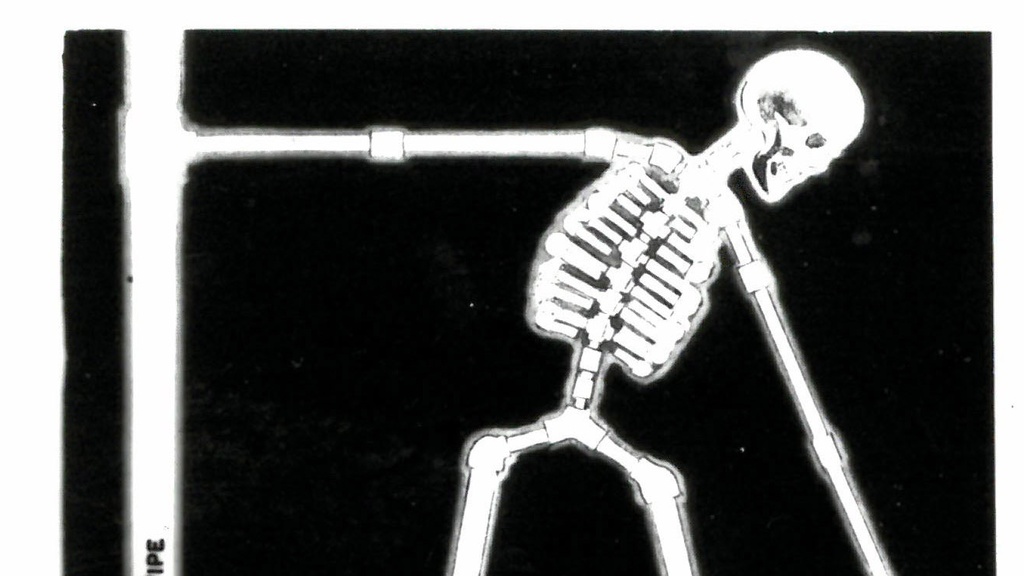
IIHR plumbing research saves lives
1936Under the leadership of Director Francis Murray Dawson, IIHR conducts plumbing research to solve serious problems such as “backsiphoning,” in which contaminated water from toilets flows into sinks
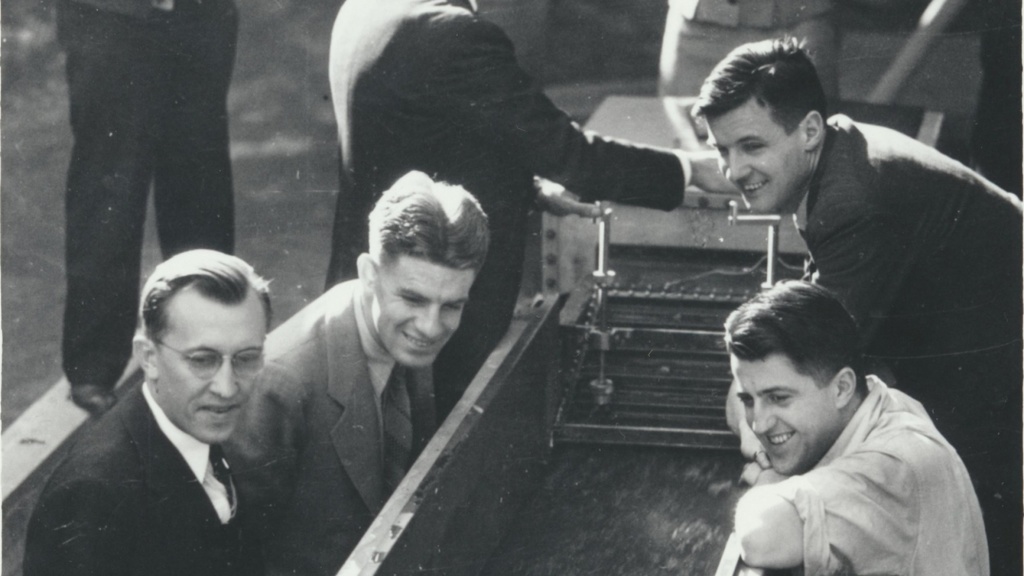
Rouse comes to IIHR
1939Hunter Rouse arrives at IIHR from a position at CalTech.
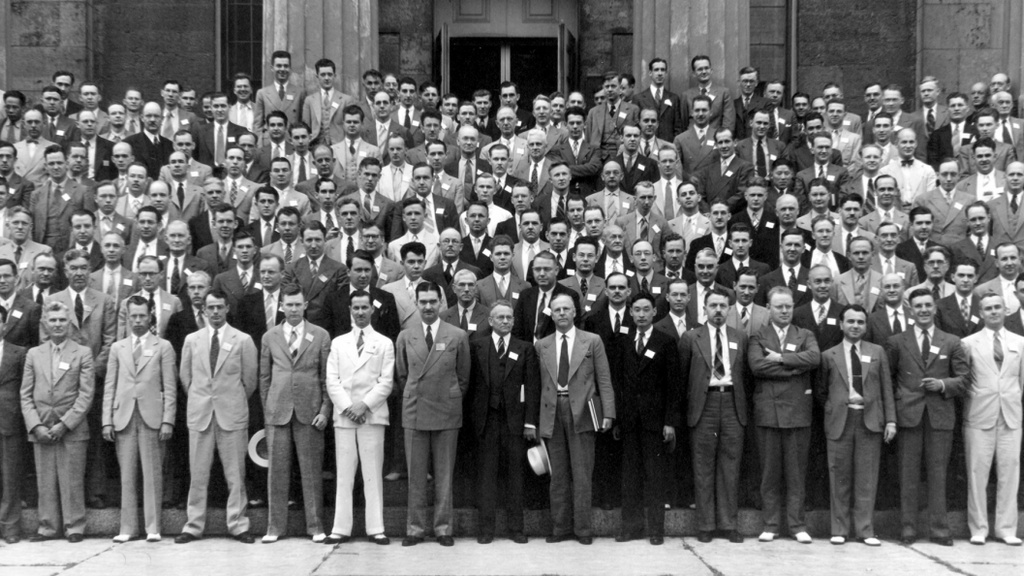
IIHR built it—they came
1939IIHR holds the first of many professional Hydraulics Conferences that bring together the world’s leading
experts in the field.
Hunter Rouse, educational innovator
1941Rouse founds the Fluids Instructional Lab to teach students fundamental fluid mechanics. He also designs many of the experiments.
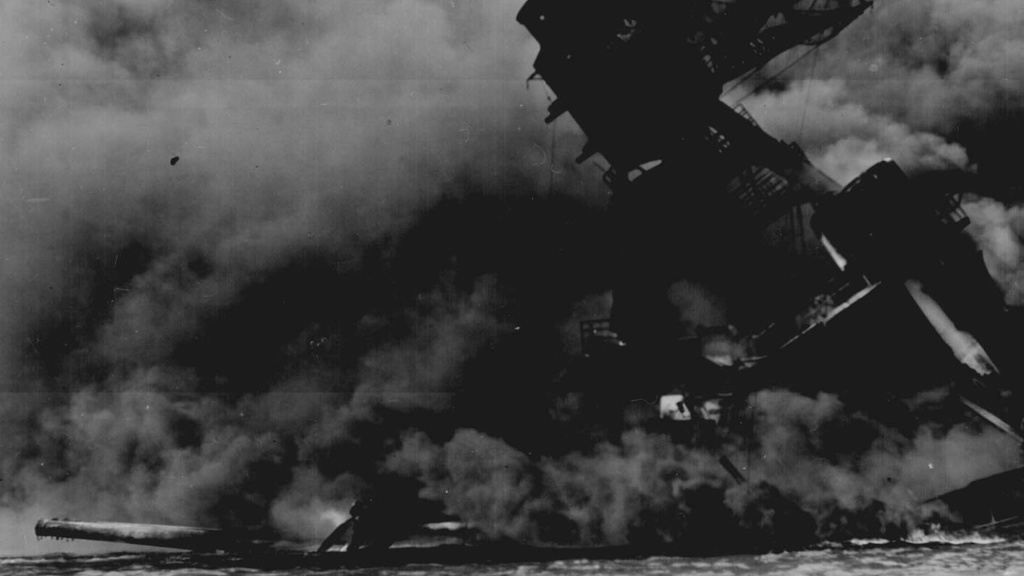
World War II begins
1941IIHR gears up for war work, running 24 hours a day to conduct research. The war brings federal funding to IIHR for defense-related research.
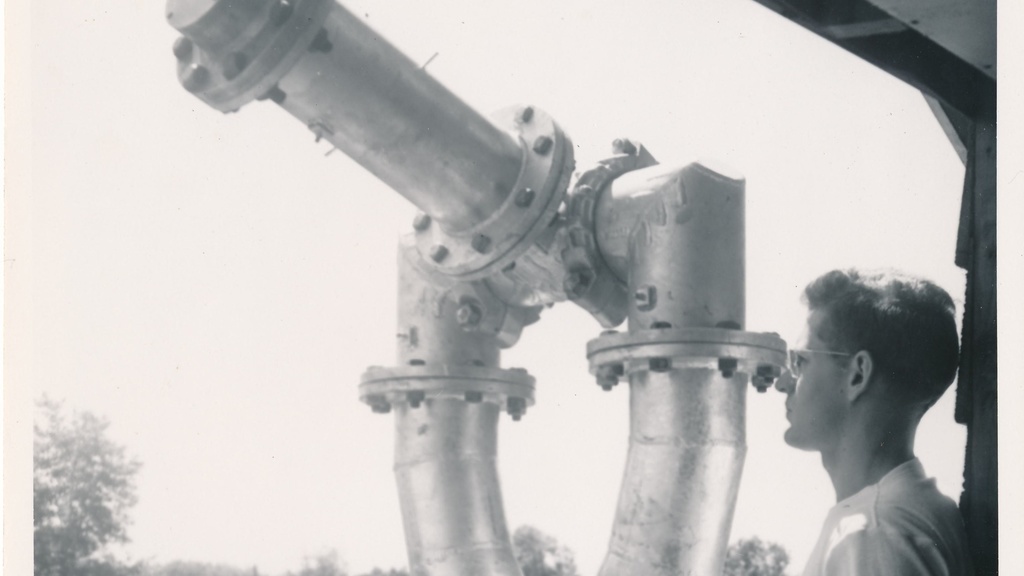
IIHR does its bit
1941IIHR’s war-related research, some of it top secret, includes testing firefighting nozzles for the U.S. Coast Guard and developing effective grease traps for sinks in U.S. Army kitchens.
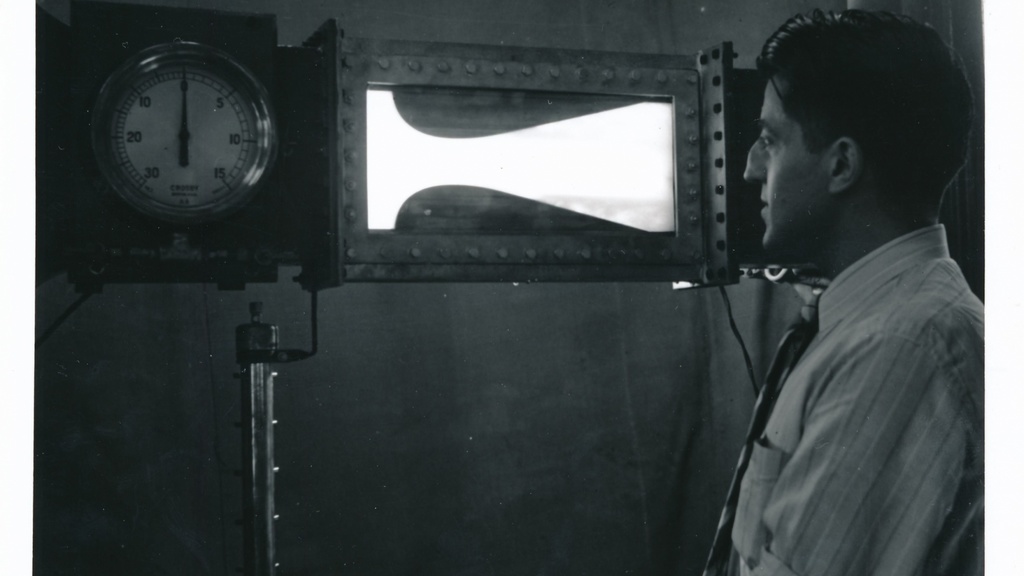
Rouse appointed director of IIHR
1944After the war ends, IIHR’s new director pursues his vision focusing on fundamental research. Generous, open-ended federal funding continues. Rouse and his team study fundamental questions of cavitation and turbulence, flow through pipes, bridge scour, and more.
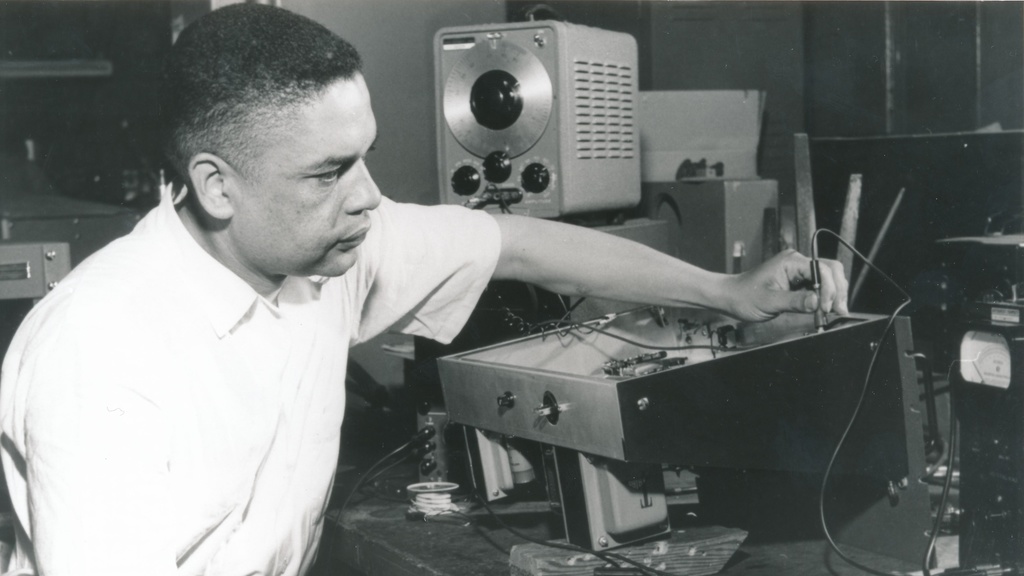
Hubbard: Pioneer, inventor, educator
1953IIHR researcher Philip Hubbard invents and patents the hotwire anemometer to measure fluid flow.

Landweber pilots new ship hydro program
1954Lou Landweber arrives at IIHR and jumpstarts the ship hydrodynamics research program. Landweber is second from right (below), with (l to r) Dale Harris, Bob Miller, Landwester, and Kent Tongshyan Tzou.
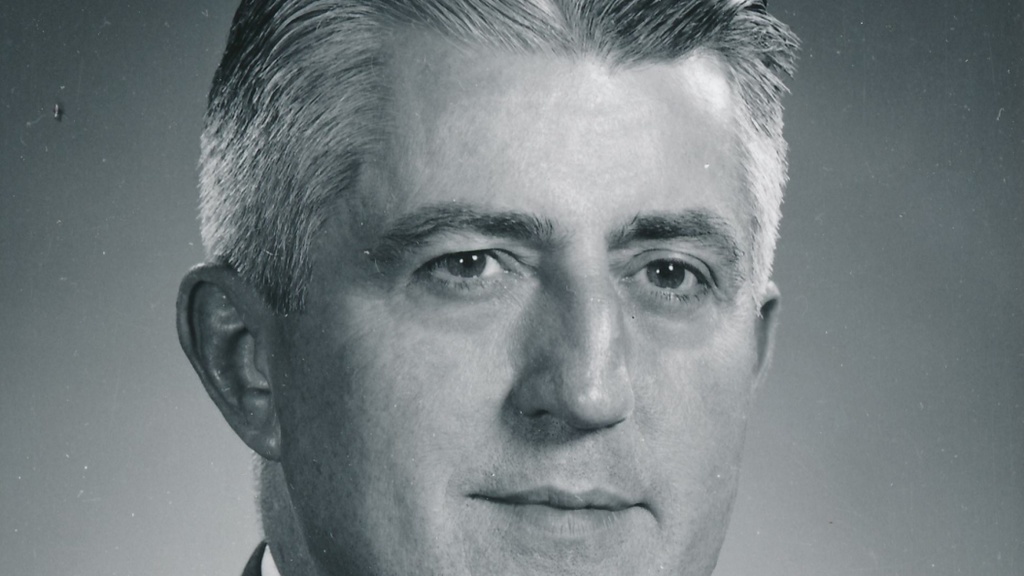
Rouse retires
1966After a remarkable 22-year tenure, Rouse retires as director of IIHR.
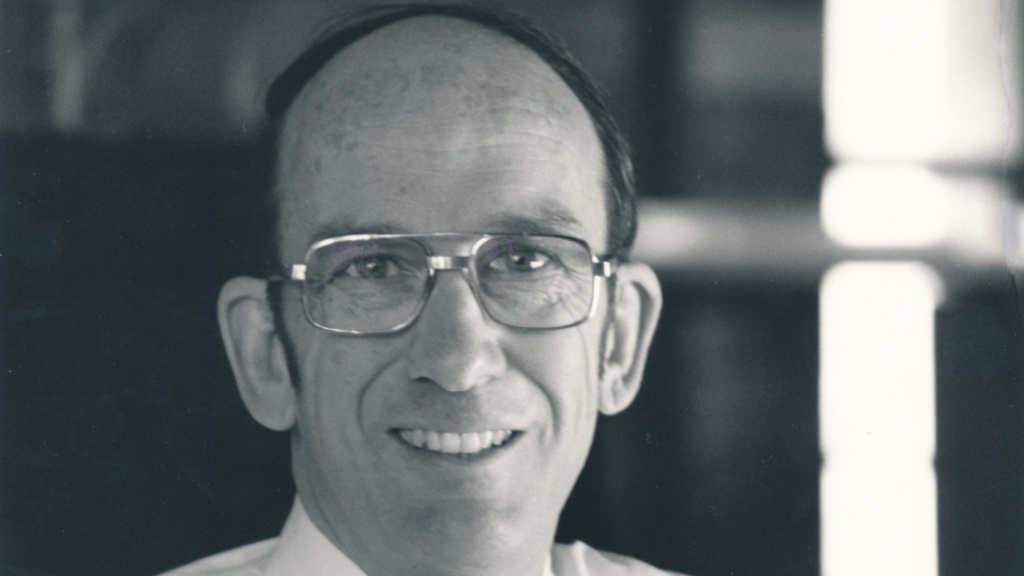
A new era
1966New Director John F. Kennedy arrives. A vibrant leader, Kennedy believes in a mix of fundamental and applied research.
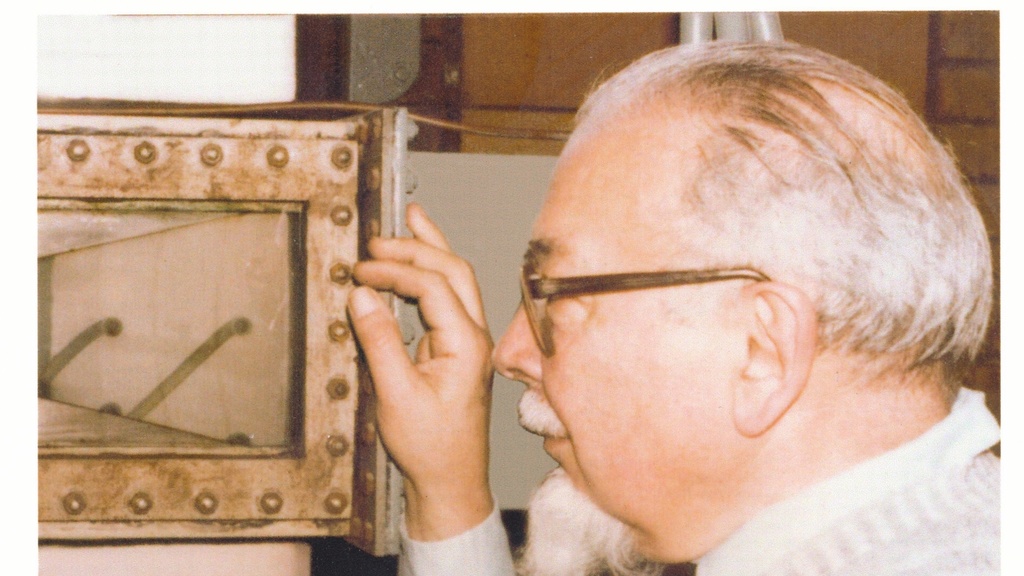
An early salvo in the computational revolution
1967Enzo Macagno uses the university’s mainframe computer to conduct innovative research on a solution to the Navier-Stokes equations, essential groundwork for future computational fluid dynamics (CFD) work.
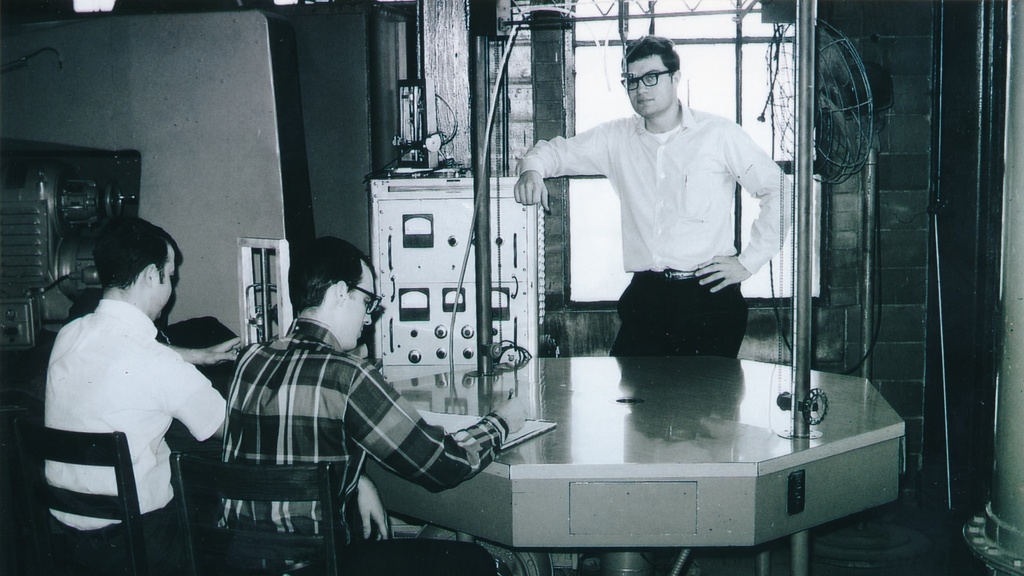
Computer-based studies
1967IIHR acquires its first in-house computer, funded in part by the U.S. Navy.
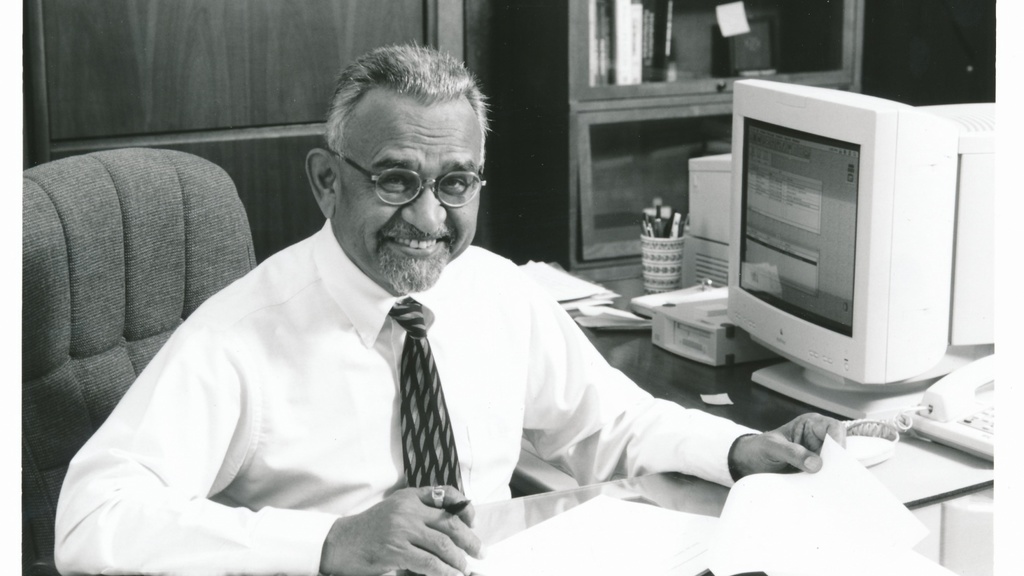
Iowa beckons
1971V.C. Patel, an aeronautical engineer, arrives at IIHR. Patel establishes computational fluid dynamics (CFD) as a major IIHR research field.
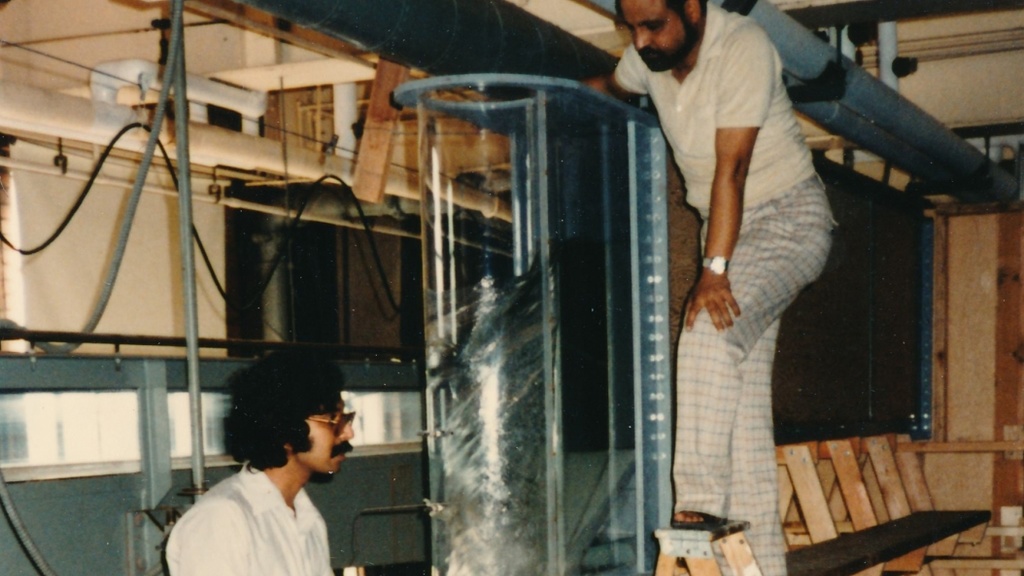
Dropshaft innovations
1975Kennedy predicts future research directions and skillfully positions IIHR to benefit. One example: dropshafts and stormwater systems for major cities.

Think like a fish
1982Led by Jacob Odgaard and later Larry Weber (below), IIHR researchers take on the first of many multimillion-dollar fish passage studies for hydroelectric companies in the Pacific Northwest.
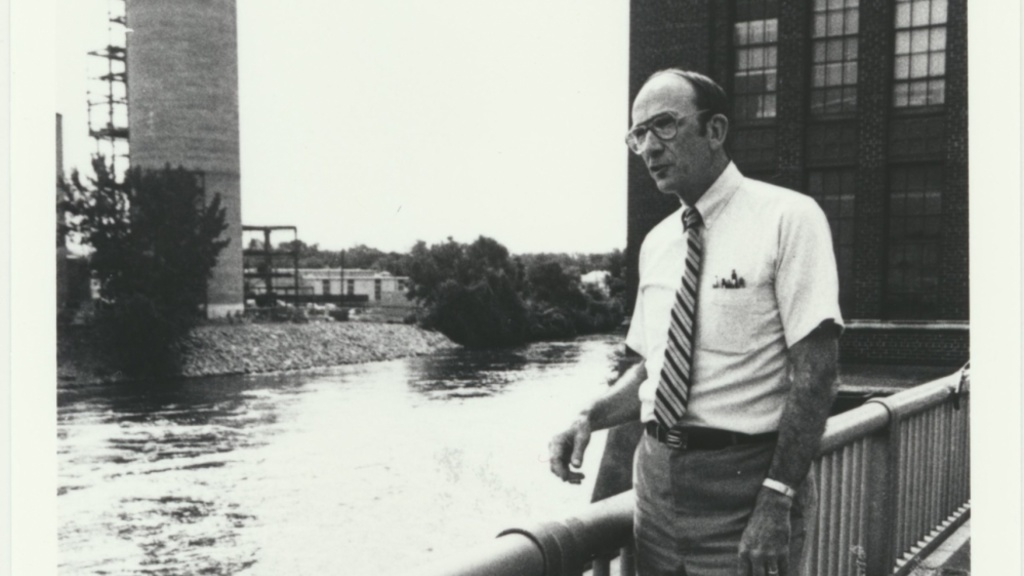
Kennedy dies
1991IIHR Director John F. Kennedy dies, leaving a thriving institute and a diverse mix of applied and fundamental research.
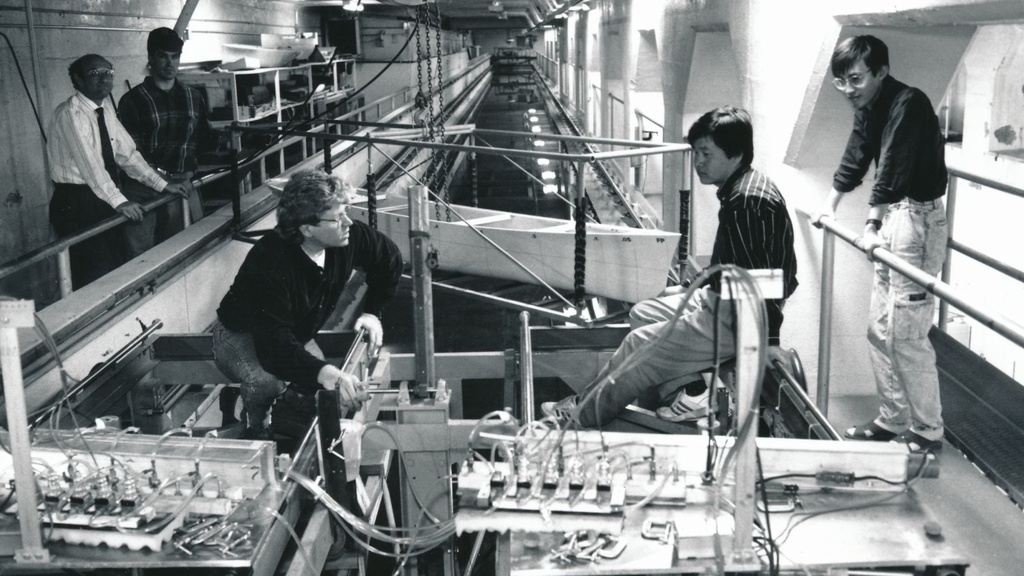
A new era of ship hydrodynamics
1993Fred Stern joins the ship hydrodynamics program, which he will lead to worldwide prominence, developing the widely-used CFDShip-Iowa.
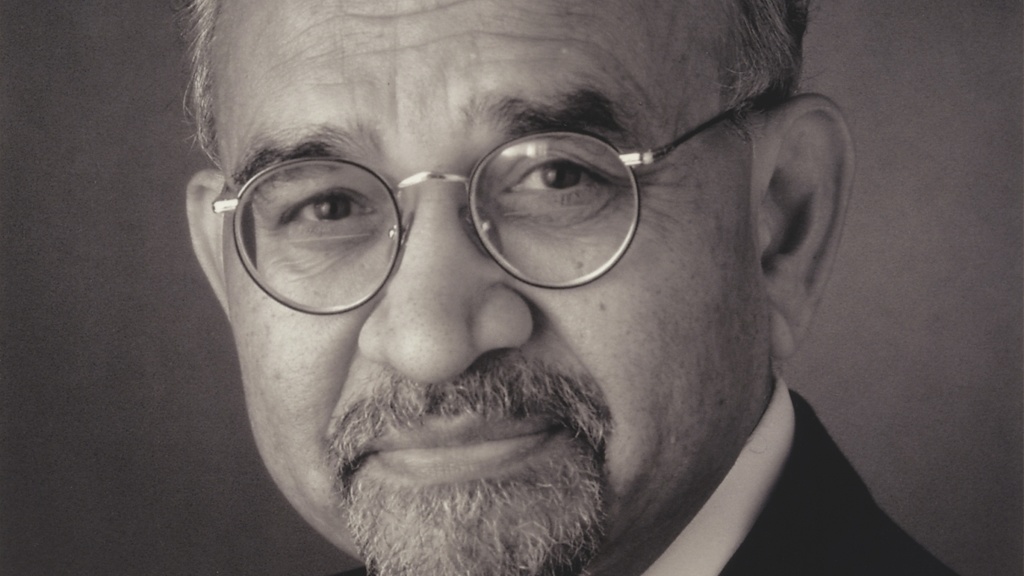
The Patel era begins
1994V.C. Patel is appointed the next director of IIHR.
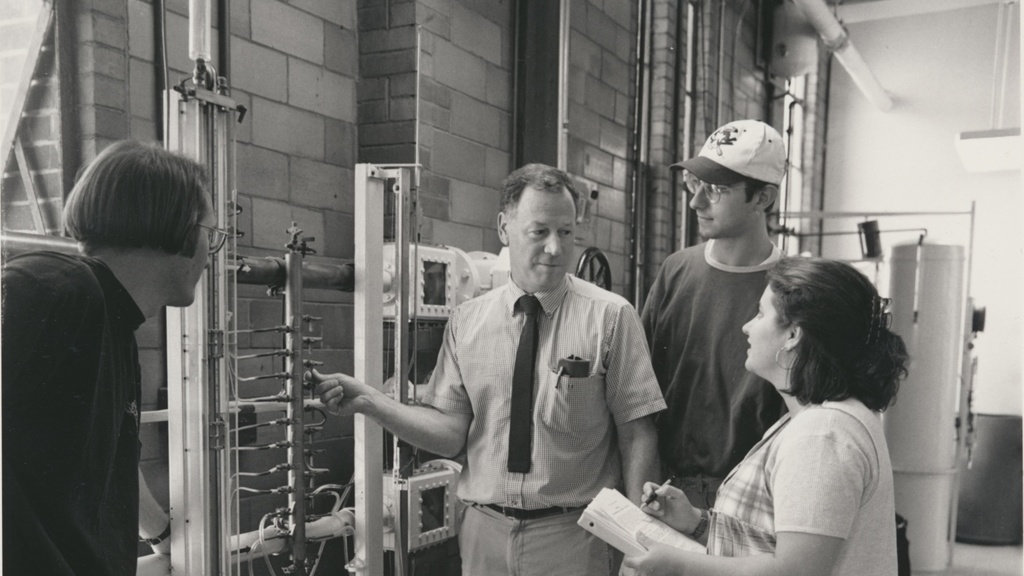
A legacy of educating students
1995Forrest Holly is one of many who makes a profound impact through their teaching at IIHR.

Expertise and experience
1997The IIHR shop is known for its expert staff, whose dedication and precision make an important contribution to research.
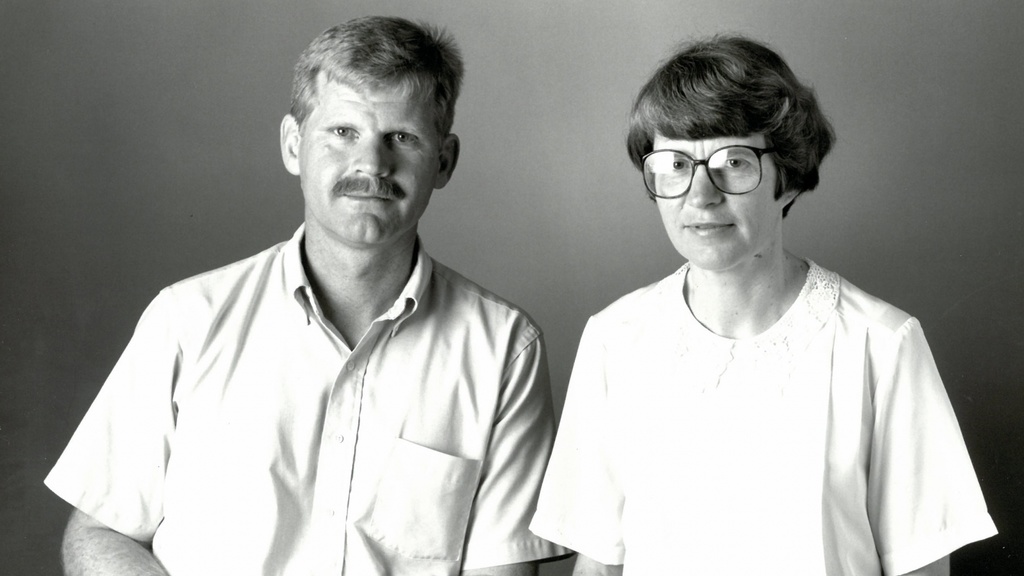
Honoring our history
1997IIHR’s Connie Mutel (pictured here with collaborator, former faculty member, and IIHR researcher Rob Ettema) publishes Flowing Through Time: A History of the Iowa Institute of Hydraulic Research, telling the story of the hydraulics lab’s first 78 years.

‘A real sweetheart’
1998Lou Landweber dies. Remembered by Fred Stern as “a real sweetheart,” Landweber guided more than 50 graduate students, who remember his integrity, warmth, support, and humor, as well as his technical expertise. Landweber (left, center) is pictured here at one of many IIHR picnics with his wife Mae and V.C. Patel.
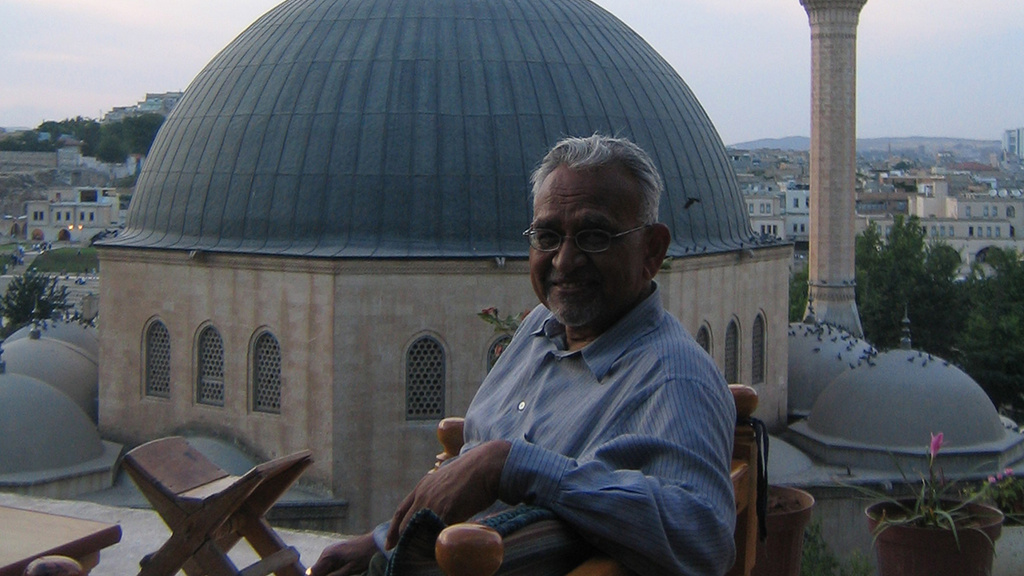
International Perspectives
1998Patel and Subhash Jain lead the first International Perspectives study-abroad course to India. Now the India Winterim study-abroad program, this course continues to teach students about the varied application of water resource practices.

An American Water Landmark
2000The hydraulics lab receives a Water Landmark Award from the American Water Works Association.

Renovations begin
2000Patel begins a complete renovation of the hydraulics lab, which is renamed in honor of C. Maxwell Stanley (a 1926 graduate of the UI and IIHR). The renovation is complete in 2002, and the building reopens, offering comfortable and modern office, classroom, and meeting space while retaining its original wet-laboratory character.

New name
2001The institute changes its name to IIHR—Hydroscience and Engineering to better represent its broadening research, and at the same time introduces a new logo.
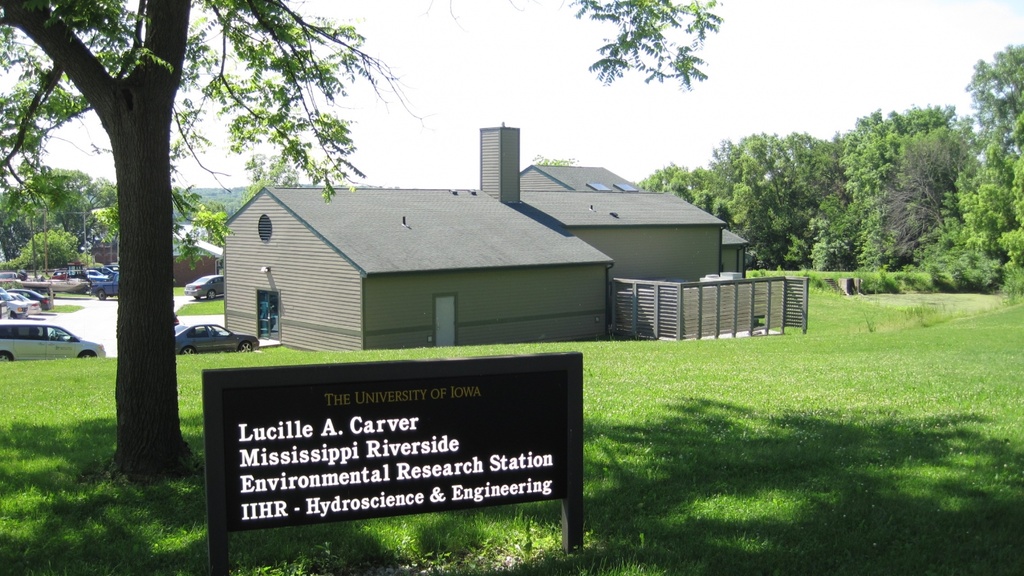
Birth of LACMRERS
2002Tatsuaki Nakato’s vision of a research station on the Mississippi River begins to take shape. A grant from the Carver Charitable Trust allows IIHR to establish the Lucille A. Carver Mississippi Riverside Environmental Research Station (LACMRERS), the first university-owned research facility on the Mississippi.

Mussel man
2003Nakato helps reintroduce endangered Higgins Eye mussels to the river. The station encourages study of inland rivers and aquatic ecology. Cutting-edge river research from a variety of academic disciplines thrives at LACMRERS, which continues to expand and diversify.
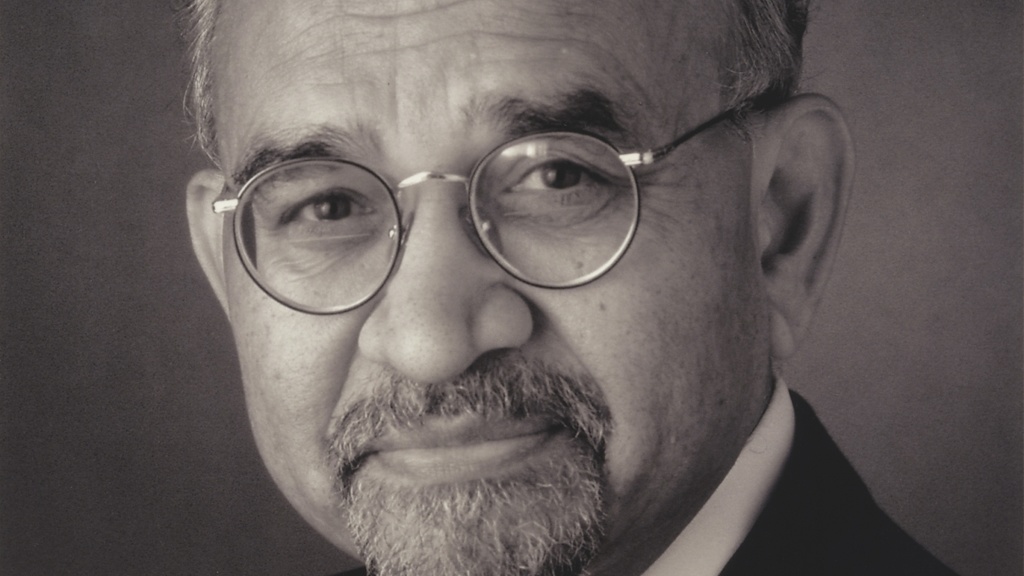
Patel retires
2004V.C. Patel retires as director of IIHR.
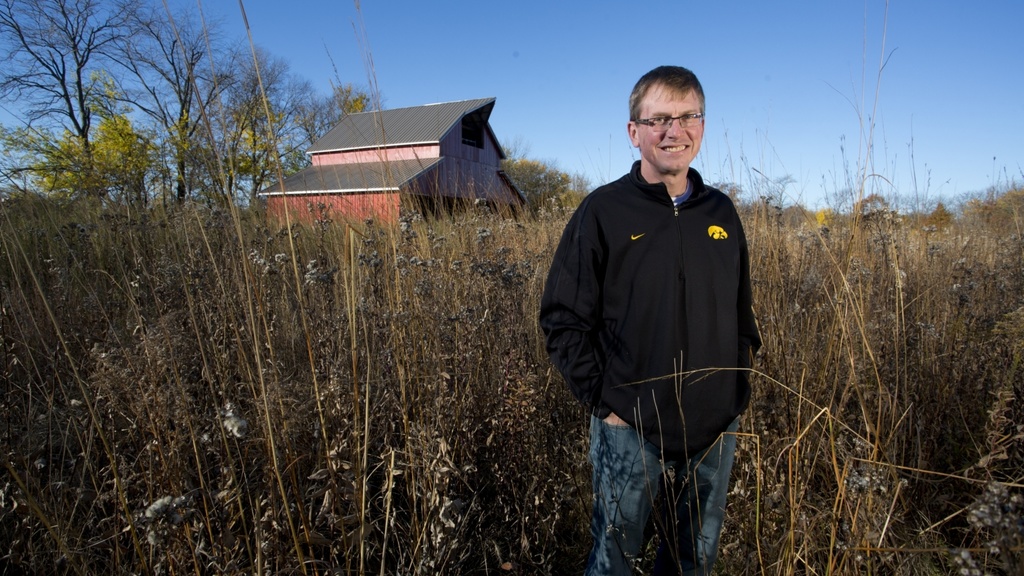
A new director: Larry Weber
2004Larry Weber, an Iowa native and alumnus of IIHR and the University of Iowa, is chosen to succeed Patel as director of the institute. Weber will become known for his statewide leadership on flooding and water-quality issues, as well as his work on fish passage, river hydraulics, watershed processes, and more.
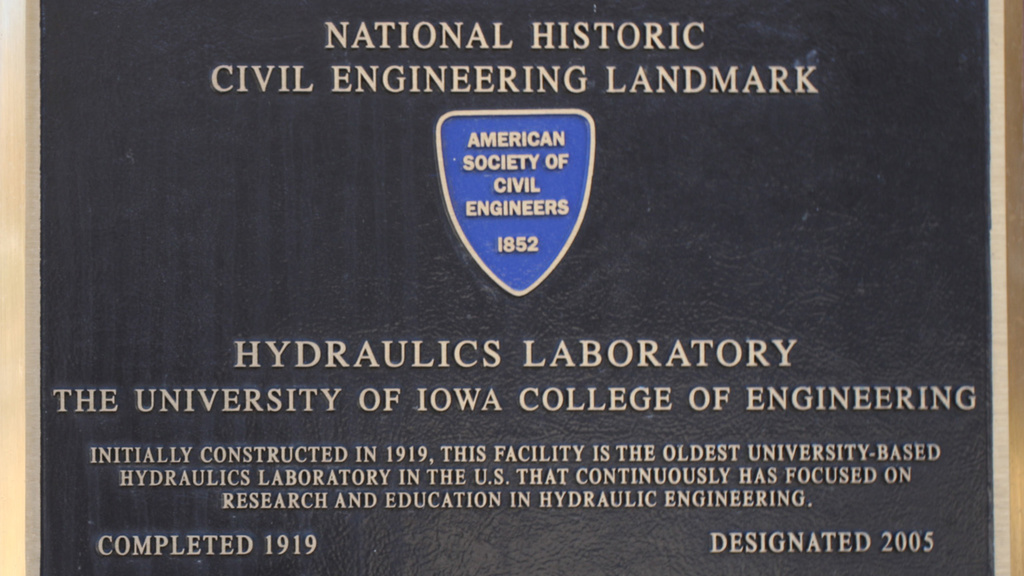
A national landmark
2005The American Society of Civil Engineers recognizes the C. Maxwell Stanley Hydraulics Lab as a National Historic Civil Engineering Landmark, citing IIHR’s status as the oldest university-based hydraulics laboratory in the nation continuously focused on research and education in hydraulic engineering.
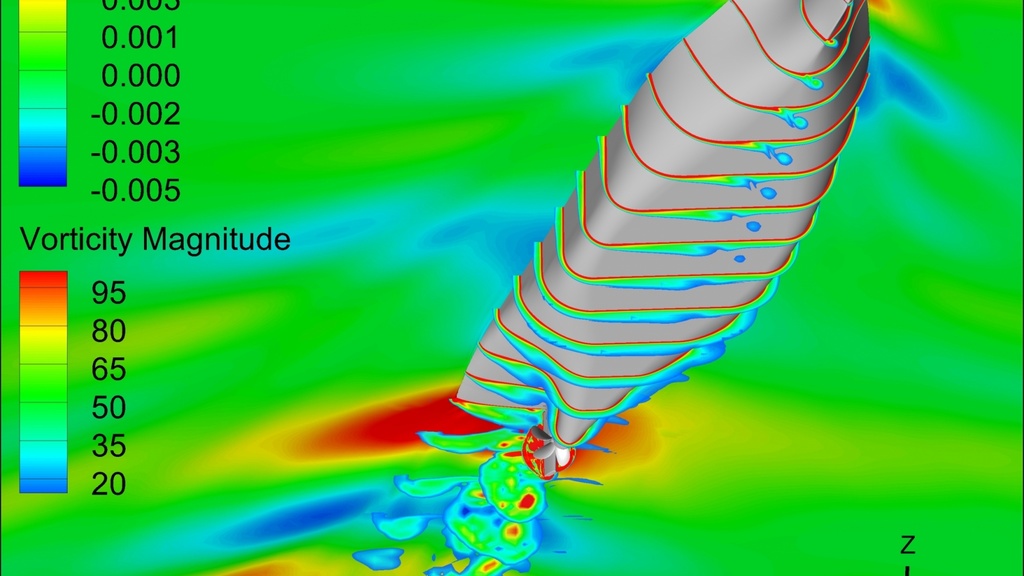
Computer simulations
2005Fred Stern, Pablo Carrica, and others continue to refine and develop CFDShip-Iowa for the Office of Naval Research. This sophisticated numerical code computes ship resistance, analyzes the boundary layer, and measures the ship’s response to resistance and waves.

Rainfall remote sensing
2006Witold Krajewski focuses his research on radar and satellite remote sensing of rainfall, including field data collection with the goal of characterizing small-scale rainfall variability.
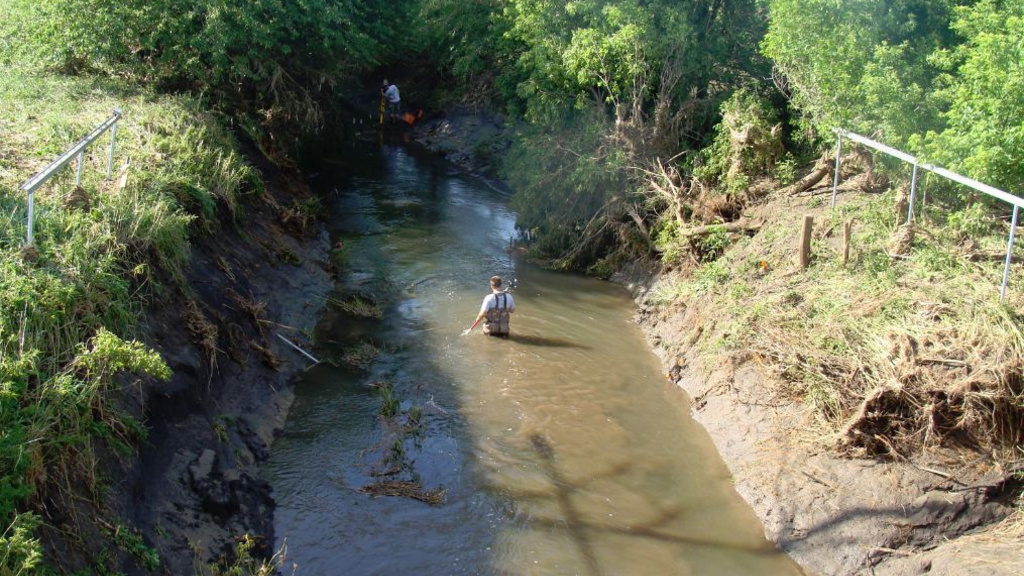
Clear Creek Observatory
2006IIHR’s Clear Creek Observatory hosts several research projects, including the use of tracers to link eroding soils to specific agricultural land uses, water-quality studies, and new cyberinfrastructure frameworks.
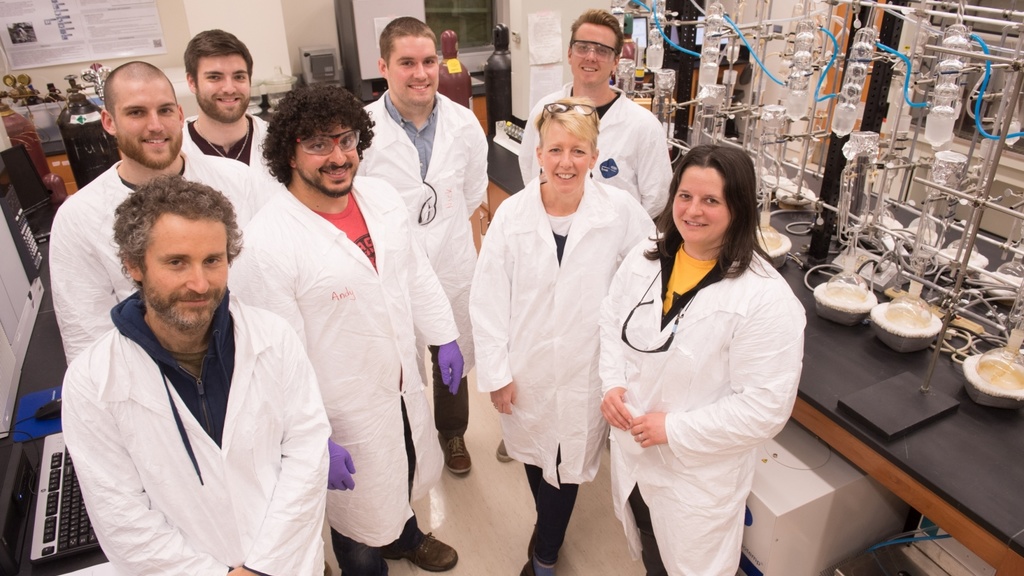
On the trail of PCBs
2007The University of Iowa receives a major grant from the National Institute of Environmental Health Sciences for the Iowa Superfund Research Program, which studies public health problems associated with Superfund chemicals, especially polychlorinated biphenyls (PCBs). IIHR’s Keri Hornbuckle will become the program’s director in 2018.
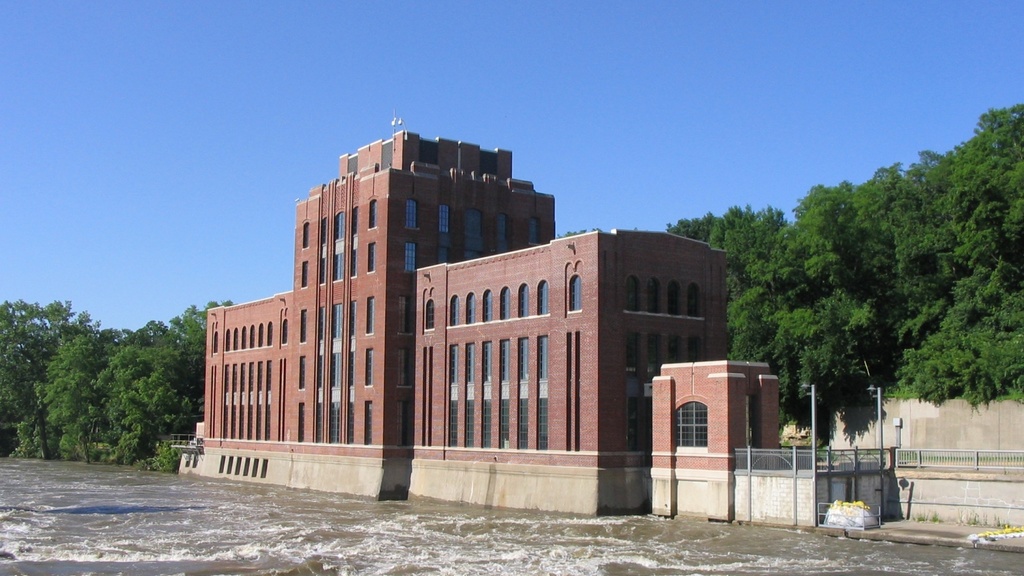
Come hell and high water
2008In 2008, Iowans learn through hard experience that flooding is Iowa’s new normal. After disastrous flooding in eastern Iowa, the Iowa Legislature creates the Iowa Flood Center at IIHR and the University of Iowa.
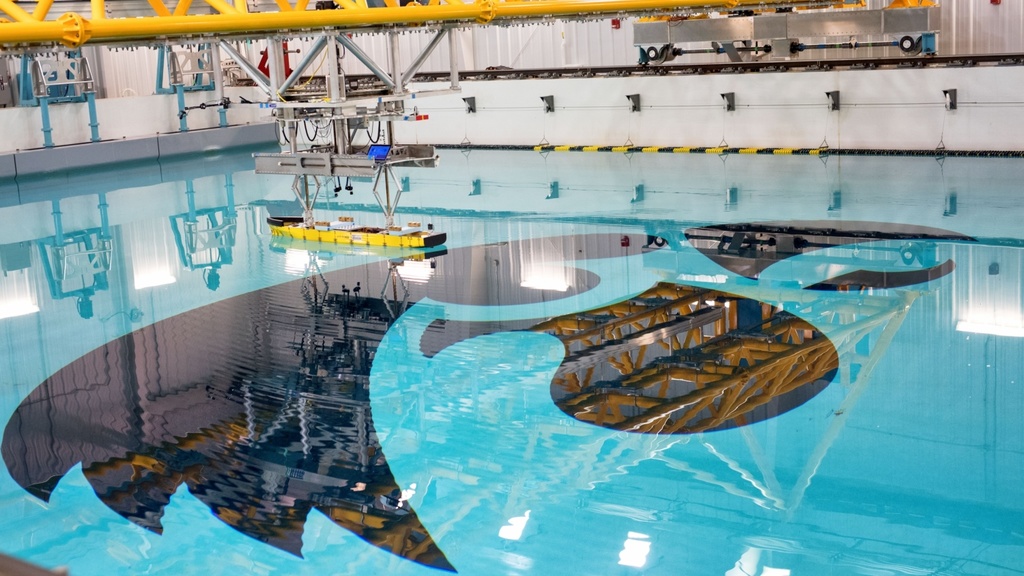
IIHR Wave Basin opens
2010Researchers use the 40x20x3-meter wave basin to test captive or radio-controlled model-scale navy ships under a variety of real-life conditions created by the basin’s six wavemakers. IIHR’s wave basin is the first to include local flow measurement capabilities, critical for continued development of simulation-based design tools.
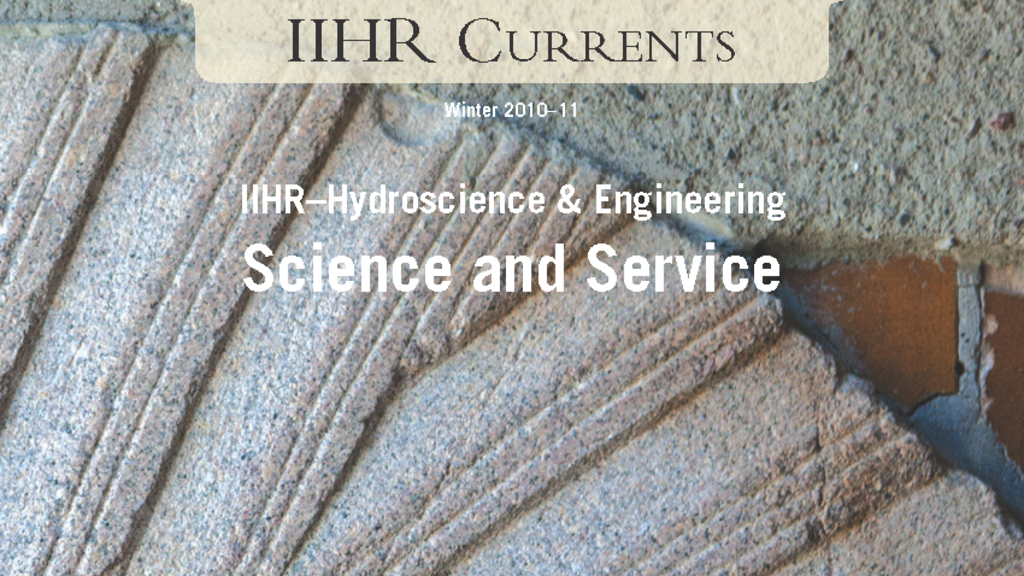
IIHR Currents makes its debut
2010Part annual report, part magazine, IIHR Currents aims to tell the stories of IIHR’s amazing people and research.
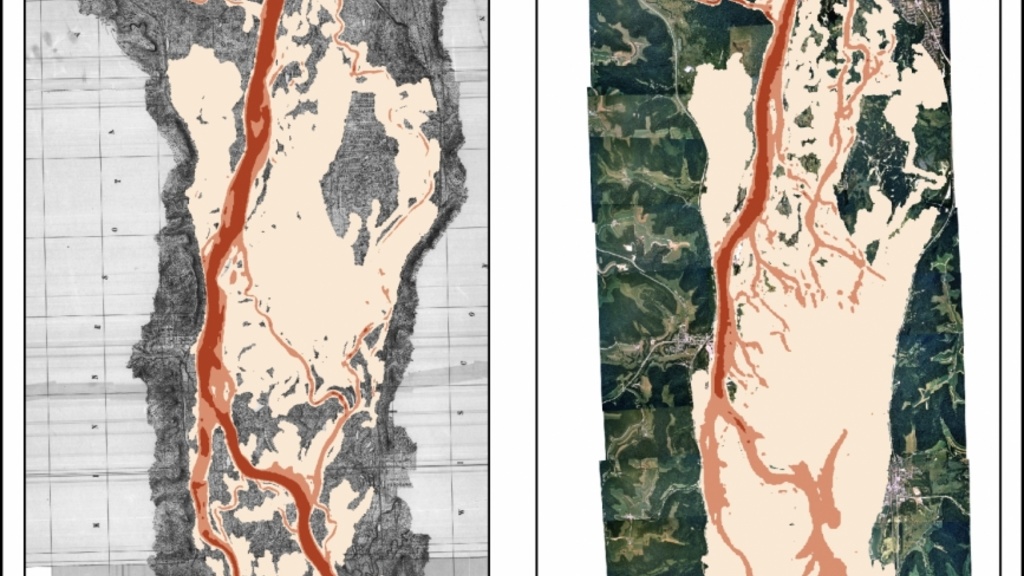
Lost backwaters
2012IIHR researchers work to restore habitat and ecosystems in the once-quiet backwaters of the Mississippi River that were lost after the creation of the river’s current lock and dam system. IIHR’s first director, Floyd Nagler, was instrumental in developing this nine-foot deep navigational channel on the Mississippi a boon to interstate commerce, but with unexpected environmental consequences.

Water Sustainability Initiative joins IIHR
2013Faculty members affiliated with the Water Sustainability Initiative join IIHR, bringing together diverse areas of study including chemistry, public health, geography, journalism, and more. This diversity helps encourage new and productive multidisciplinary research collaborations on water-related issues.

Climate change research
2013Gabriele Villarini’s climate change-related research with the U.S. Army Corps of Engineers helps create climate-informed engineering design.
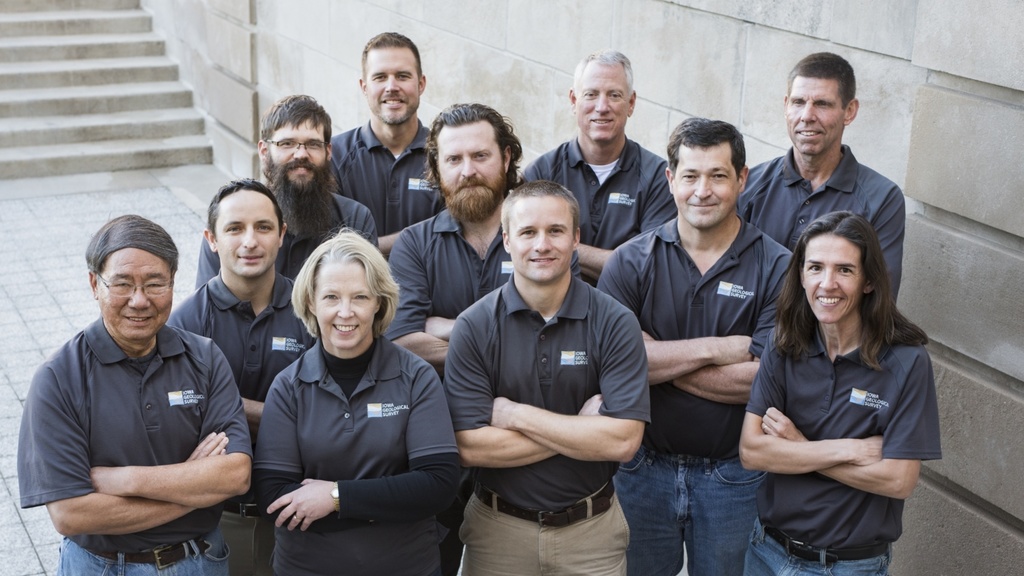
Iowa Geological Survey joins IIHR
2014This new partnership creates an organization with expertise covering all aspects of Iowa’s hydrologic cycle.

Modeling the human lung
2015IIHR’s Ching-Long Lin develops a multi-level model of the human lung, part of a multidisciplinary research effort to improve our understanding of lung function and structure, with the goal of making a difference for patients with lung disease.
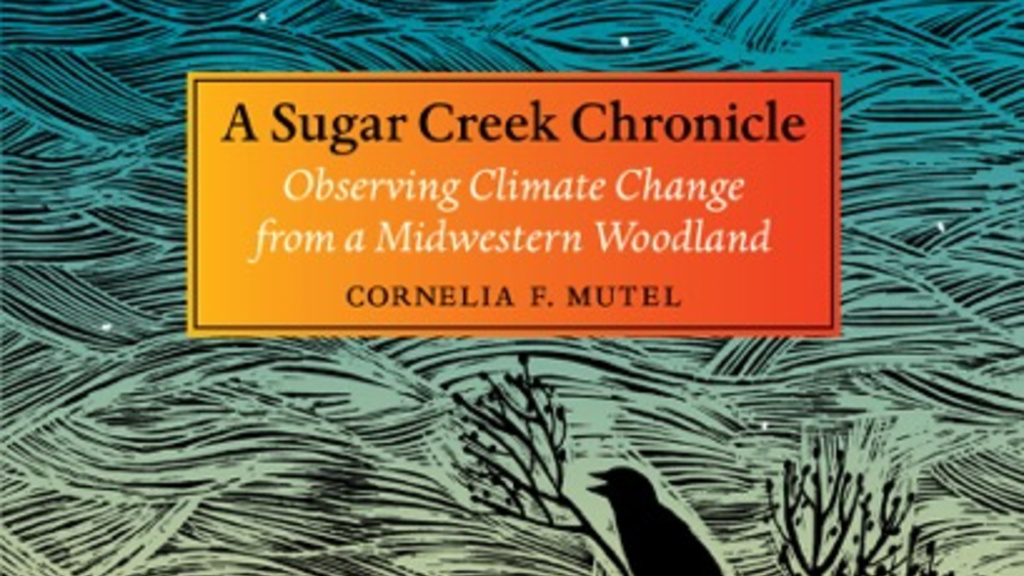
Mutel writes about climate change
2016IIHR’s Connie Mutel publishes a new book, A Sugar Creek Chronicle: Observing Climate Change from a Midwestern Woodland, that artfully weaves together two threads — her personal life story and the emerging global climate crisis.

Iowa Watershed Approach
2016The U.S. Department of Housing and Urban Development (HUD) awards nearly $97M to the state of Iowa for the “Iowa Watershed Approach (IWA) for Urban and Rural Resilience.” This statewide watershed improvement program slows down water moving through the landscape by building farm ponds, wetlands, and other conservation practices in the watershed. IWA restores some of Iowa’s natural resiliency to heavy rainfall, while also improving water quality, adding natural beauty to the landscape, creating wildlife habitat, and restoring ecosystem services.

Restoring habitat
2017IIHR’s oxbow restorations offer an affordable way to re-establish ecological function of the system while also processing nutrients and providing habitat for fish, birds, reptiles, and amphibians.

Building flood-resilient communities
2017The IWA enhances the ability of communities to respond to and recover from flooding. Residents of the Bee Branch Creek Watershed in Dubuque, battered by multiple flood events, get support and resources to help repair their homes and make them more flood resilient.

Weber steps down
2018Larry Weber steps down as director. but continues his teaching and research at IIHR, including leadership of the Iowa Watershed Approach
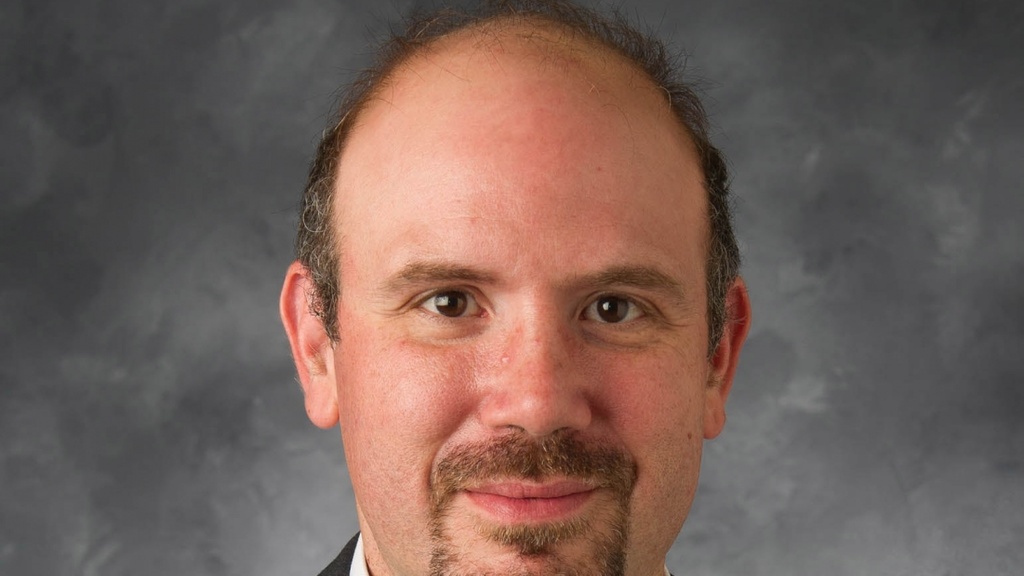
Villarini steps up
2018IIHR and UI alumnus Gabriele Villarini becomes director of the institute

Fluids Lab reboot
2018IIHR once again takes the lead in efforts to modernize hands-on fluids education. With leadership from IIHR’s James Buchholz and support from the Carver Trust, IIHR shop staff, and many others, the new Fluids Lab opens in the Seamans Center. Rouse’s original pipe flow experiment from the 1940s — moved and updated for the new lab — is one of the focal points.
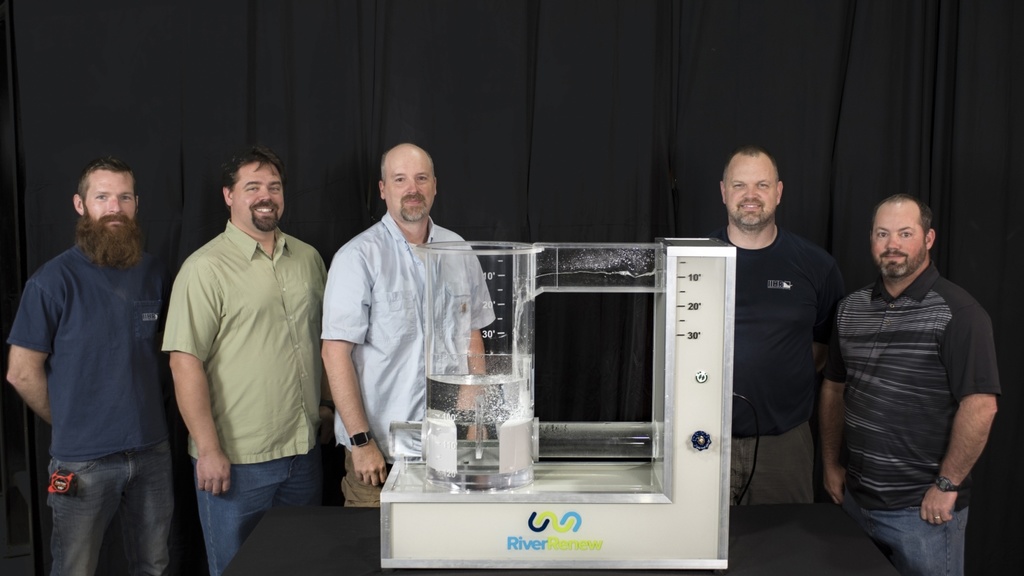
Serving clients
2018Troy Lyons and his team take IIHR’s Engineering Services division to new levels of modeling expertise—both physical and computational. They work with a wide range of industries around the world, including energy (hydroelectric dams and wind energy) and municipal water systems (sewer and stormwater conveyance).

Surf’s up
2019IIHR’s Wave Basin expands into new research territory with the construction of a beach and studies of amphibious vehicles and the surf zone. Grad student Andrew Arnold tests the model for his faculty advisor, Casey Harwood.
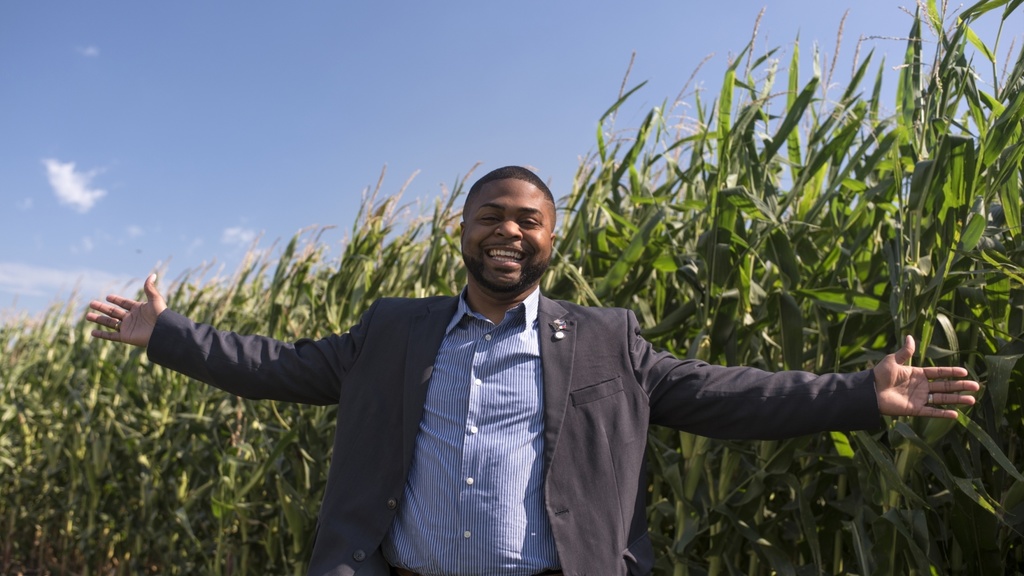
Spreading the word
2019A delegation from North Carolina travels to Iowa to share information and learn about the Iowa Watershed Approach.

One hundred years!
2020IIHR makes plans to celebrate 100 years of fluids research. Although the coronavirus pandemic forces the postponement of most centennial activities, plans are underway for a Reunion celebration in 2023.
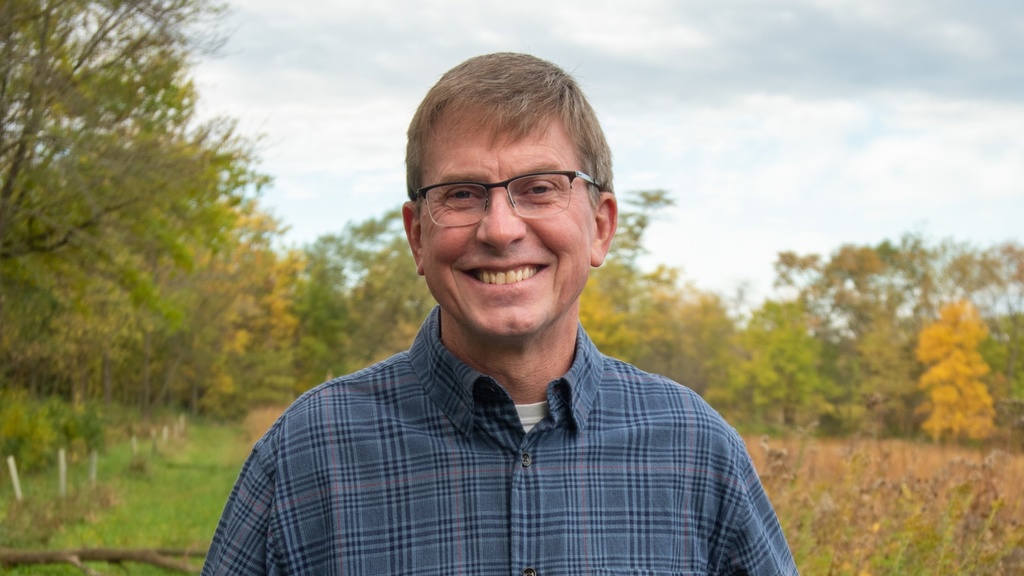
Weber returns
2022Larry Weber returns as director
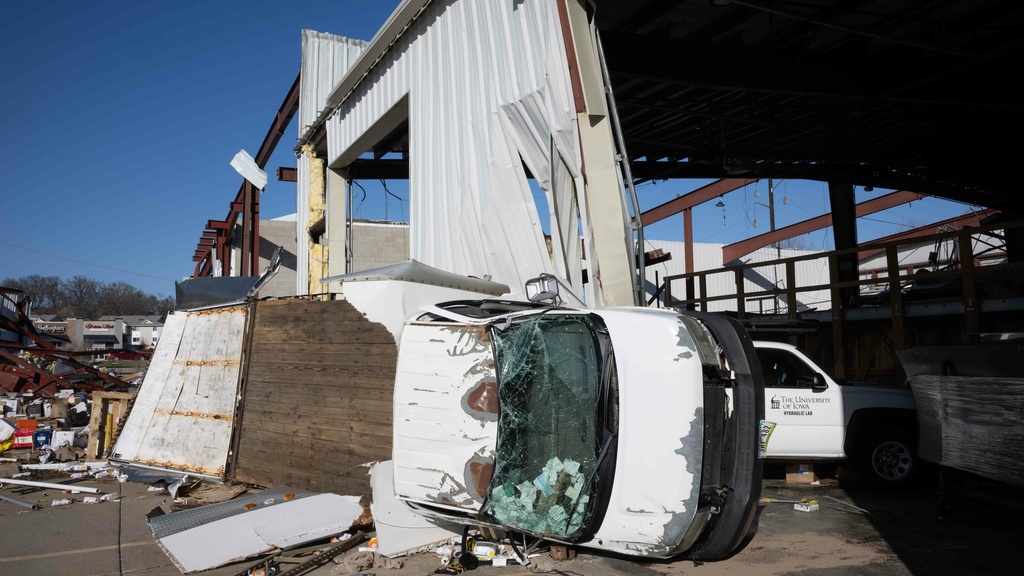
James Street tornado
2023On March 31, 2023, a major outbreak of severe storms and tornadoes struck Eastern Iowa. A tornado producing 125 mph winds struck Coralville and destroyed IIHR's James Street Lab.

Krajewski retires
2024After 15 years of leadership, Witek Krajewski retires, leaving a lasting impact on flood research and management. Under his direction, the Iowa Flood Center became a national leader in flood monitoring, advancing tools and strategies to protect communities across Iowa.
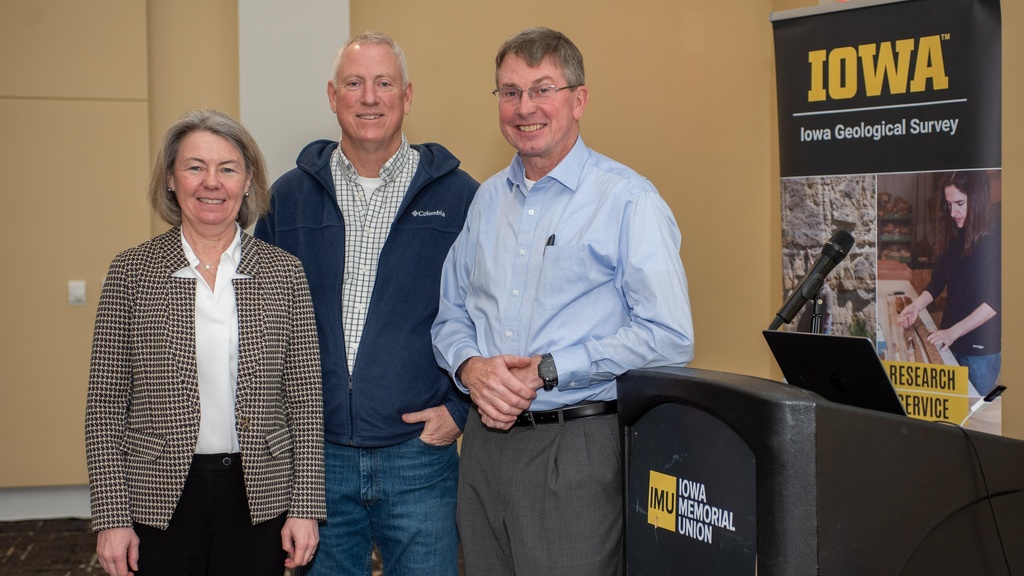
IGS celebrates 10 years with IIHR
The Iowa Geologic Survey marks a decade of growth and collaboration with IIHR, advancing geologic research and environmental management through shared expertise and resources.

